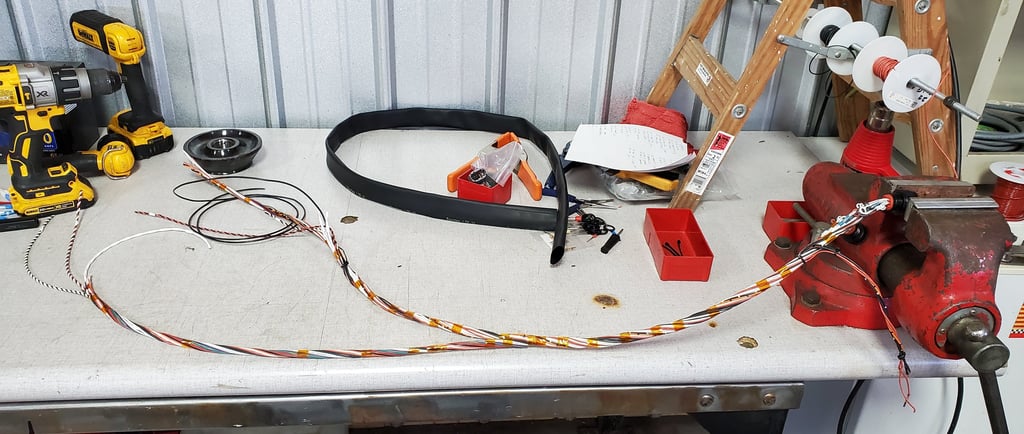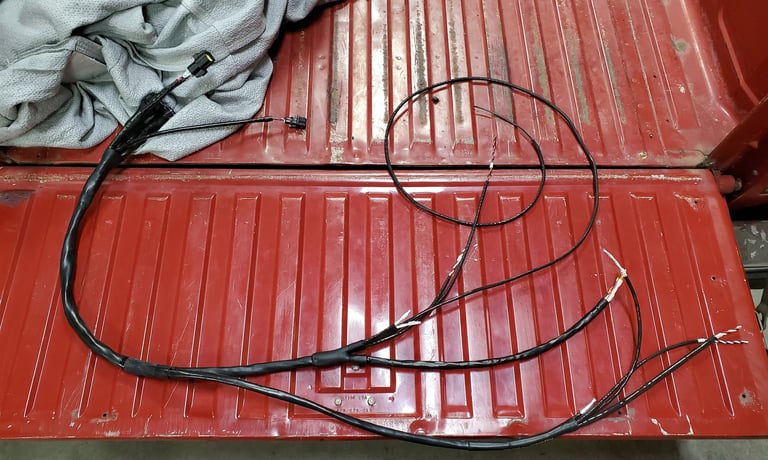Concentric Twisting in Electrical Wiring Harnesses
Deepen your understanding with comprehensive insights into the Concept


In the world of electrical harnesses, there are various techniques and methods used to ensure optimal performance and reliability. One such technique is called concentric twisting. This technique in the design and construction of electrical harnesses, is often used in various industries and for good cause. In this article, we will explore the importance of concentric twisting and discuss when it should be used.
What is Concentric Twisting?
Concentric twisting is a method used to arrange and bundle individual wires within an electrical harness. It involves twisting multiple wires together in a uniform and consistent manner, forming a concentric pattern. This technique ensures that the wires are tightly secured and properly organized within the harness. The main benefits of this method are;
1. Electromagnetic Interference (EMI) Reduction
Electromagnetic interference is a common issue in electrical systems, where unwanted electromagnetic signals can disrupt the normal operation of nearby components. Concentric twisting helps to minimize EMI by reducing the loop area of the wires. This, in turn, reduces the chance of electromagnetic radiation and improves the overall performance and reliability of the electrical harness.
2. Crosstalk Mitigation
Crosstalk occurs when signals from one wire interfere with nearby wires, resulting in signal degradation or data corruption. Concentric twisting helps to mitigate crosstalk by ensuring that the wires are tightly bundled and separated from each other. This reduces the electromagnetic coupling between adjacent wires, minimizing the risk of signal interference.
3. Mechanical Strength and Flexibility
Concentric twisting enhances the mechanical strength and flexibility of the electrical harness. The twisted arrangement provides structural integrity, preventing individual wires from moving or becoming loose. This is particularly important in applications where the harness may be subjected to vibrations, shocks, or constant movement.
When to Use Concentric Twisting?
Concentric twisting is recommended in various scenarios, including:
1. High-Speed Data Transmission
In applications where high-speed data transmission is critical, such as in aerospace, automotive, or telecommunications industries, concentric twisting is highly beneficial. It helps to maintain signal integrity, minimize signal loss, and reduce the risk of data corruption.
2. EMI-Sensitive Environments
In environments where electromagnetic interference is a concern, such as medical devices, automotive/motorsports, military equipment, or industrial machinery, concentric twisting is essential. It aids in reducing EMI, ensuring the proper functioning of sensitive electronic components.
3. Long Cable Runs
When dealing with long cable runs, concentric twisting becomes crucial. It helps to minimize signal degradation and crosstalk over extended distances. By tightly bundling the wires together, the chances of signal loss or interference are significantly reduced.
Conclusion: Concentric twisting is a valuable technique in the design and construction of electrical harnesses. However, while it offers numerous benefits, including EMI reduction, crosstalk mitigation, and improved mechanical strength, it may not be suitable for every application. Factors such as wire gauge, voltage requirements, specific industry standards, and even overall time should be considered when determining if concentric twisting is appropriate.







